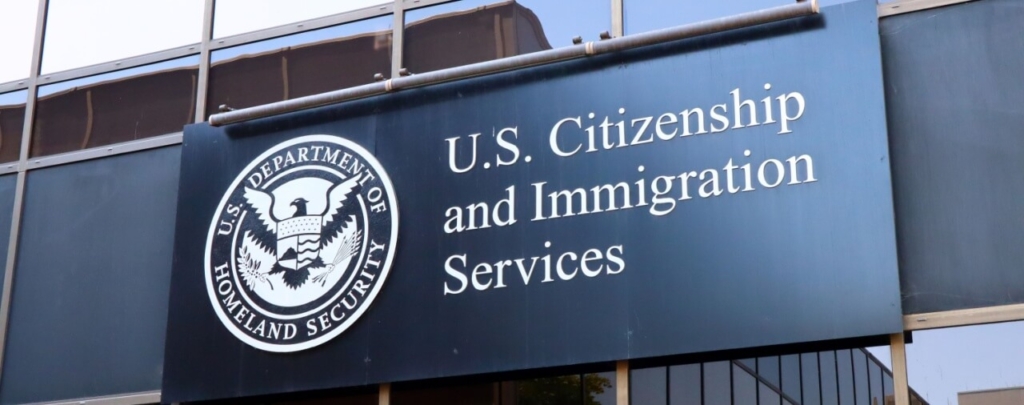Introduction
Senators Lindsey Graham (R-SC) and Dick Durbin (D-IL) are co-sponsoring a new version of the “Dream Act.” On July 20, 2017, they released a section-by-section breakdown of their proposed legislation [PDF version]. In this post, we will briefly examine the proposed legislation and its long-term prospects for becoming law.
Understanding the Proposal
The Dream Act of 2017 would require the Secretary of Homeland Security to cancel removal and grant conditional lawful permanent resident status to select individuals in the United States who are either inadmissible or deportable or who are in Temporary Protected Status (TPS).
In order to qualify for benefits under the Dream Act of 2017, the individual would have to have been continuously physically present in the United States for four years preceding the date of its enactment. The individual would have to have been 17 years old or younger upon the date of his or her initial entry into the United States. The individual would have to be admitted into college, or have graduated high school, or have obtained a GED or high school equivalency diploma, or be enrolled in secondary school, or be enrolled in a program for obtaining a high school diploma or passing a GED or equivalent exam.
Certain criminal convictions or inadmissibility grounds would bar benefits under the Dream Act of 2017. However, the Secretary of Homeland Security would have the authority to waive the inadmissibility bars on a case-by-case basis.
Individuals maintaining DACA status would be eligible for conditional permanent resident status provided that they did not engage in conduct that would make them ineligible for DACA.
The Dream Act of 2017 would also stay the removal of children who are at least five years of age but still too young to apply for benefits until they children become old enough to apply for benefits.
Conditional permanent residence granted under the Dream Act of 2017 would be valid for a period of eight years. Such status could be revoked if the Secretary of Homeland Security determines that the individual no longer qualifies.
Conditions on permanent residency would be removed provided that the beneficiary met certain requirements. First, the beneficiary would have to not run afoul of the criminal or inadmissibility bars to Dream Act relief. Secondly, the beneficiary would have to meet certain educational, military service, or employment benchmarks. Thirdly, the beneficiary would have to demonstrate proficiency in English and civics unless he or she cannot due to a disability. The legislation would provide for a limited hardship exception for individuals unable to meet the education, military service, or employment benchmark. Having the conditions removed from permanent residency would be a prerequisite to seeking naturalization.
Finally, the legislation would repeal a provision of law which penalizes states that grant in-state reduced tuition status to aliens who lack legal status in the United States.
Prospects for Passage
The Dream Act of 2017 is the latest in several versions of proposed legislation to legalize individuals who were brought to the United States as children.
In September of 2010, the Senate voted on whether to end debate and proceed to a vote on a prior version of the Dream Act in conjunction with other significant and controversial pieces of legislation. On that occasion, although there were 56 senators in favor and 43 opposed, 60 votes were needed to advance the legislation.1 The failure of the previous iteration of the Dream Act played a role in President Barack Obama’s decision to implement a limited version of the same concept in the form of the Deferred Action for Childhood Arrivals (DACA), which was implemented by means of a presidential memorandum and which remains a contested issue to this day [see article].
There are a variety of reasons why the 2010 vote on DACA may not be instructive for today’s purposes. Firstly, the composition of the Senate has changed dramatically. At the time of the September vote, the Senate consisted of 59 Democrats and 41 Republicans. Today, the Senate consists of 52 Republicans and 48 Democrats. Furthermore, as we noted, the previous DACA vote was bundled with other legislative proposals that had nothing to do with the immigration laws.
Although Republican Senator Lindsey Graham is a co-sponsor of the legislation, it would still likely face opposition from a large segment of the Republican caucus in the Senate. Furthermore, even if the legislation made it through procedural hurdles in the Senate and ultimately passed, it is unclear whether President Donald Trump would sign it into law. Citing to an unnamed “White House official,” Franco Ordonez of McClatchy reported that President Trump would not support the current version of the legislation, instead favoring an enforcement first approach before addressing legalization.2 However, considering President Trump’s shifting views on dreamers and the absence of official statements from the White House at this time, it would be premature to speculate whether President Trump would sign or kill some version of the Dream Act of 2017.
The more pertinent issue for the time being is the ultimate fate of DACA. Texas, joined by ten other states, has threatened to sue the Trump Administration if it does not put a halt to issuing new DACA permits by September 5, 2017 [see article]. The Trump Administration is weighing how to proceed, but it is worth noting that Homeland Security Secretary John Kelly has reportedly come to the opinion that DACA may not be defendable in court [see blog]. If DACA is either rescinded going forward or struck down by the judiciary, it would likely add momentum to the movement to pass some version of the Dream Act. It is worth noting that Senator Lindsey Graham is of the opinion that DACA may well be illegal, even though he supports its aims.
In either case, the Dream Act of 2017 as proposed by Senators Graham and Durbin is unlikely to become law in its current form. However, with the fate of DACA uncertain and Congressional elections coming in 2018, the issue is well-worth monitoring closely. Senators Graham and Durbin have rekindled the debate with their comprehensive proposal.





